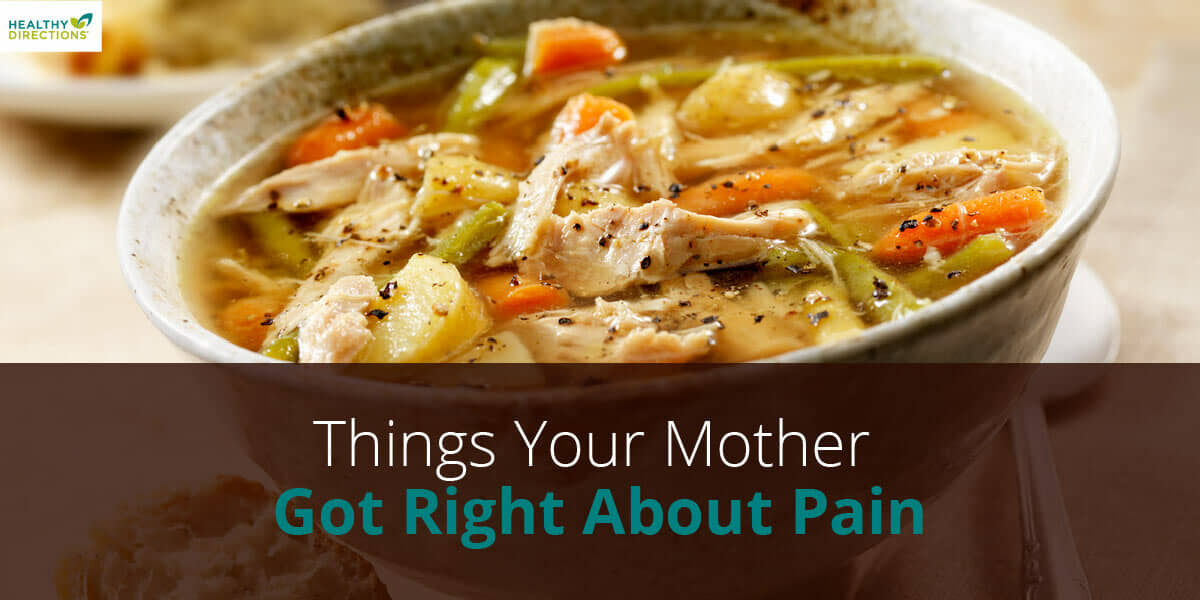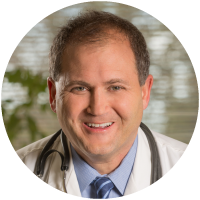
It’s no secret now that many strategies your mom or grandmother used to relieve pain naturally have been found to have strong roots in science. Whether it was just a gentle massage or a little ice, it is clear that mom really did know best.
A little advice you’d receive to relieve pain:
- Rub it. When a child with a skinned knee cries to his mother, his mother might just rub his leg. Physical stimulation can reduce pain. Here’s the science: Our bodies contain many pain pathways, that is, nerve networks along which pain signals travel. Many of these pathways function more or less like one-lane roads, meaning that it is very hard for the body to process multiple conflicting signals. By rubbing the leg, mom just sent interference to the pain pathway—and blocked some of the pain signal.
- Kiss it and make it better. This works a lot like the first method, in that stimulation can confuse the body and block some pain signals. Besides that, distraction can get the child’s mind off pain. People who struggle with pain often do better if they can find something other than their own suffering to think about. Distraction is a great pain therapy; it’s the principle on which music therapy is based. (In music therapy, people in pain listen to music they love—it distracts them and cheers them up.)
- Get some ice. Cold therapy can be a great remedy for aches, pains, and burns. Just grab some ice (or a bag of frozen vegetables) and apply it to the trouble spot. There’s science here. Cold temperatures reduce and inhibit inflammation, a major contributor to pain.
- Get some rest. Many aches and pains come from overuse; the antidote is extra rest. A doctor might put you in the hospital; mom just sent you to the couch. Rest is also a good preventive strategy for colds.
- Have some hot chicken soup. Chicken soup is mainly thought of as the home-grown remedy for the common cold, but any healthful comfort food can help heal your body. Many foods are natural pain fighters, such as fruits and vegetables; the body needs protein to heal as well. By the same token, there are danger foods for pain—foods that we know can make a painful condition worse. Finally, stay away from foods that don’t agree with you. If you’re dealing with arthritis, stay away from fried chicken if it gives you indigestion.
- Have a nice cup of tea. Black tea and green tea are powerful health foods packed with antioxidants—substances that attack the free radicals in your body that can be associated with painful conditions. Plus, a cup of green tea has more vitamin C than an orange. If you’re going for straight-up health food, green tea is better than black tea, but both are healthful.
- Walk it off. Sometimes moms (and dads) suggest that we power through our pain. This does not always work—it’s not a good idea to “walk off” a sprained ankle, for instance—but there are situations where walking or other vigorous physical activity can alleviate pain. The science behind this is that vigorous exercise causes the body to release endorphins, a natural substance that is related to opioids. Endorphins bring about a sense of well-being and can chase away minor aches and pains. Exercise is good for most types of pain; if you can’t get up and walk, water exercises can serve the same purpose.
Pain may be the world’s original medical complaint, but over the years we have gotten an awful lot right about managing it. If you suffer from chronic pain, you may benefit from consulting with a pain specialist. If you have occasional pain, maybe you should listen to your mom.


